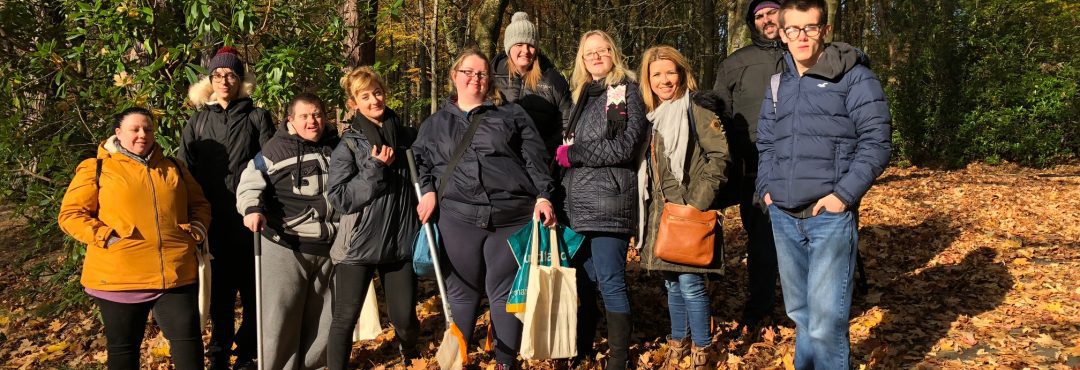Background to the Shore Thing project
There is strong evidence that recent climate change has resulted in changes in the abundance, population structure and range of a number of intertidal indicator species. The Shore Thing project, run by the Marine Biological Association, encourages individuals and local communities to monitor their local rocky shore for climate change indicators and non-native species.
How the Shore Thing project work
The project encourages volunteers to monitor rocky shores to record the distribution and abundance of climate change indicators and non-native species. Research has shown that warm water species are moving north and east and cold water species are retreating towards the poles in response to climate change. The project has been designed to collect valuable data using robust but simple methods. Communities get involved in ‘real’ science and the records are made available to the National Biodiversity Network (NBN) and sent to Scottish Natural Heritage.
How the Shore Thing involves communities
The Shore Thing has been working with community groups throughout the UK since 2006. The records collected are made available to the community of scientist, land managers and people with an interest in shore dwelling species. Survey materials are available for download from the project website. Shore Thing Survey Guides and a set of the ‘flash’ cards for the species search can be sent to groups free of charge. There are trained Shore Thing surveyors in areas of Scotland and training courses can be organised for groups and The Shore Thing Project Officer would be happy to organise the support of an ecologist in any area of Scotland upon request.

